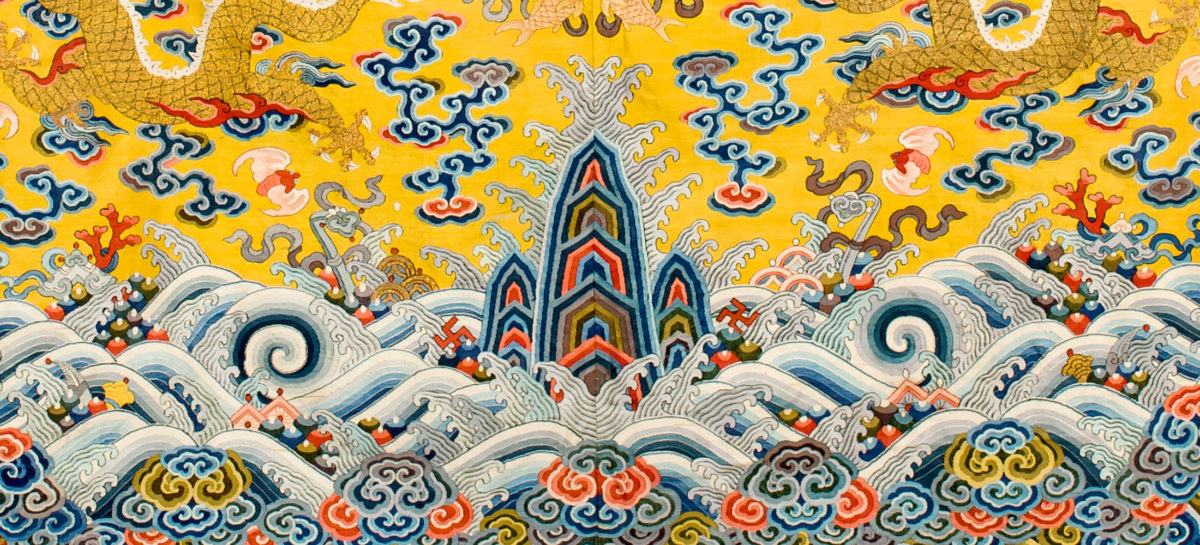For this week’s classes, we talked about textiles. In all honesty, this specific topic was incredibly boring to me :,) We watched videos on how the yarn was produced. This was vaguely interesting to me as I enjoy knitting. Yet the process in which the people in the videos were able to make yarn seemed a lot more tedious than I was aware of, and found myself confused and bored. Credit should be given where credit is due, as I know that I would never have had the patience to make yarn if I had been born in Ancient China. It’s impressive how people all throughout history have been able to identify the qualities of plants and animals and completely transform the materials into intricate designs and clothing. Had I been transported back into Ancient China… I feel that at best the clothing I would be able to make would be Adam and Eve’s fig leaves.
We also discussed (from the article reading for this week) how the fabric was able to be used as currency, and the precise measurement of the cut determined its value. They were also able to place values on different types of textiles depending on the fibers and material used, the weave structure, and the “warp and weft” of the fabric. Overall the value was a combination of the quality of all these aspects. Hemp was also used as money, as it could be turned into hemp cloth. [ expansion on hemp ] This reading surprised me because I was only aware of how gold coins were used as currency, with holes in the middle in order to string them together and easily carry money around. This reading reminded me how within Mayan society cocoa beans were used as currency instead of the currency we typically imagine. It is interesting to see how other cultures saw the value of certain goods, and how they were able to measure said value.
Xue, Meng Melanie. Cotton Textile Production in Medieval China Unravelled the Patriarchy, Aeon, June 27, 2018.
“Determining the Value of Textiles in the Tang Dynasty: In Memory of Professor Denis Twitchett (1925-2006)”. Journal of the Royal Asiatic Society, Third Series, 23, no. 2 (2013): 175-95.
